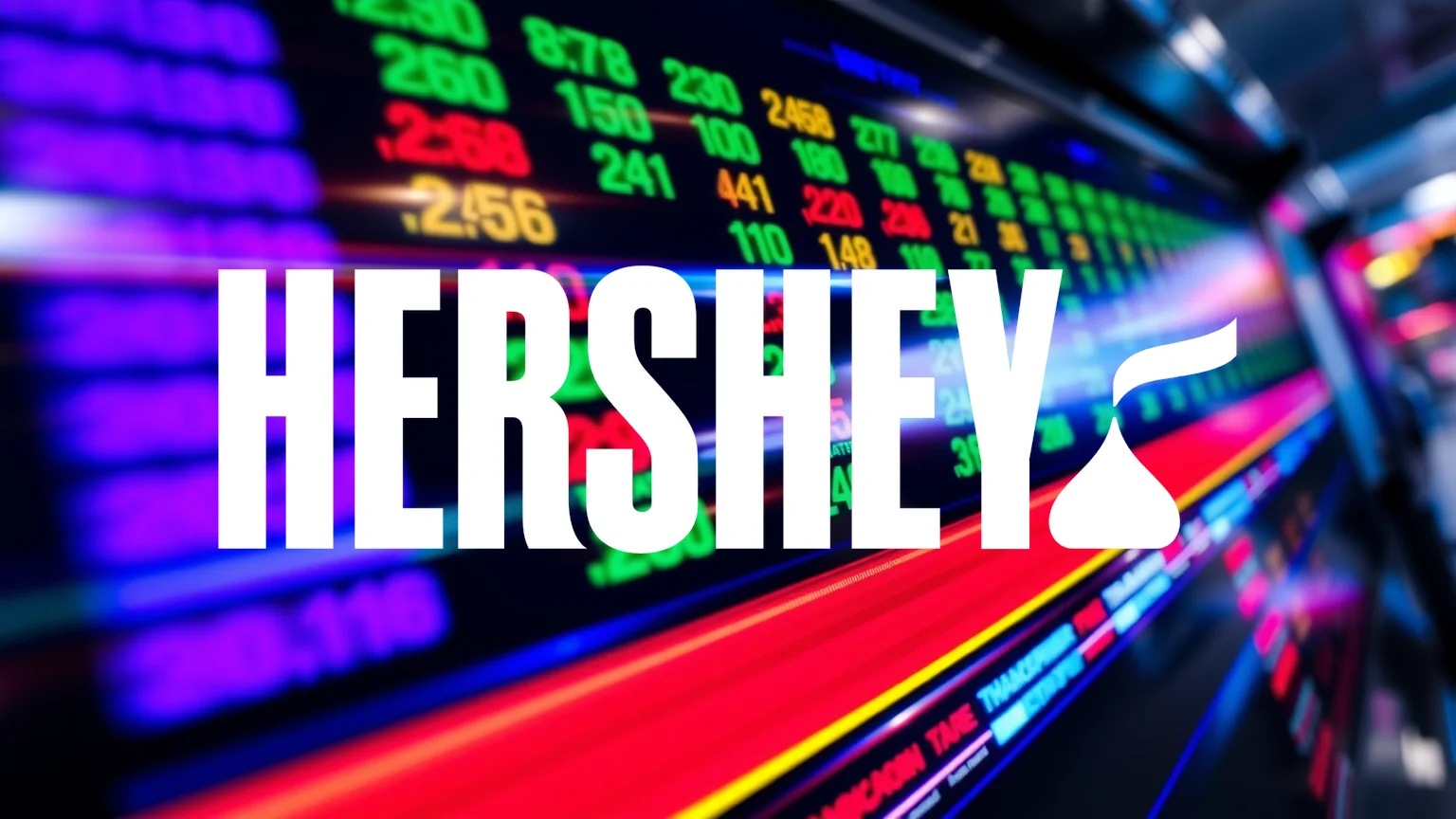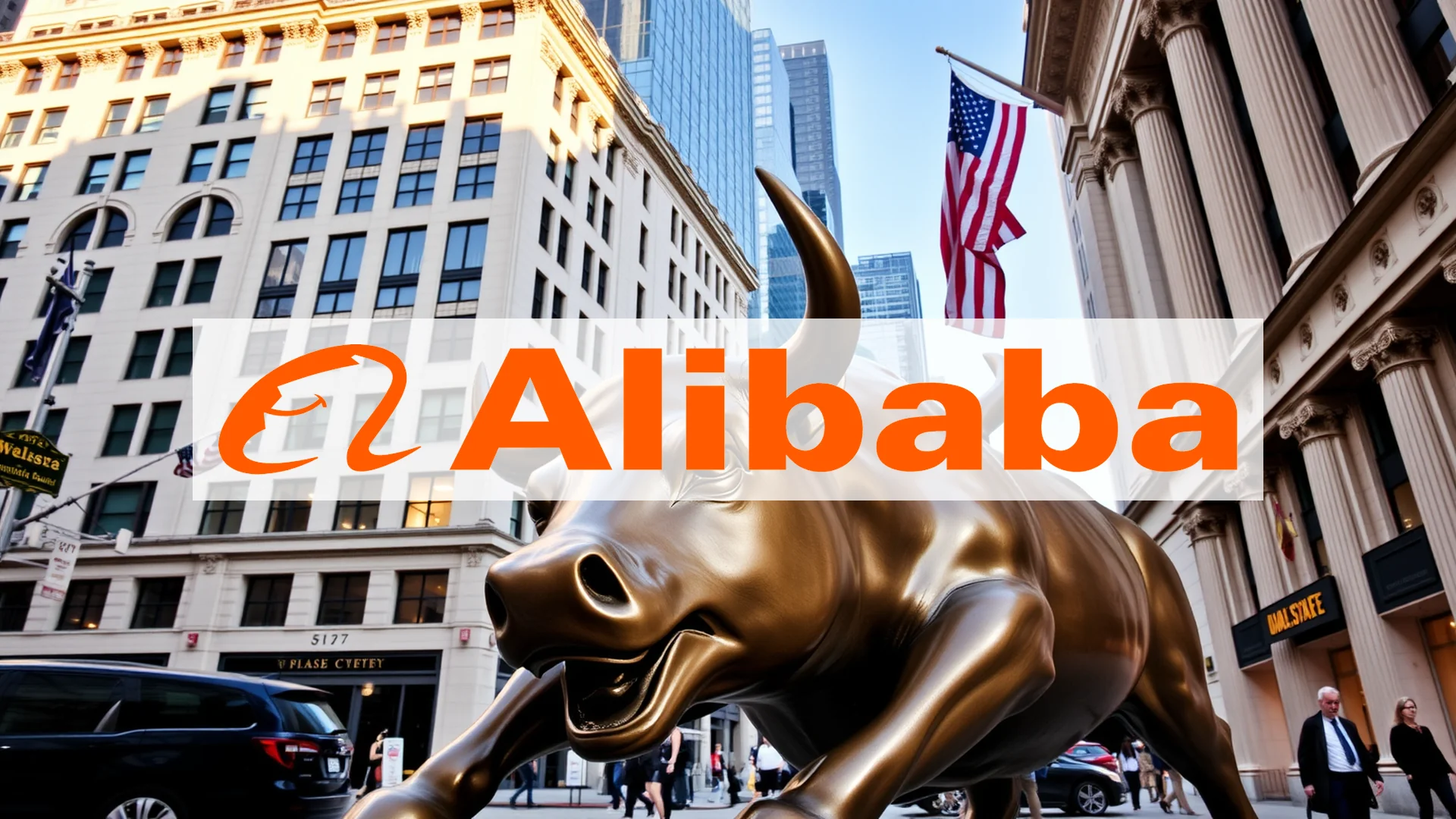Hershey delivered a decisive second-quarter earnings beat, yet investors remain focused on a looming threat that could undermine these strong results. The chocolate manufacturer reported earnings per share of $1.21, significantly surpassing Wall Street’s forecast of $0.99. Quarterly revenue reached $2.61 billion, also exceeding analyst expectations.
This performance was fueled by three key drivers: robust Easter seasonal sales, early shipments for Halloween, and a 6.7% increase in everyday chocolate sales. Despite these positive operational metrics, the stock faced downward pressure in pre-market trading, signaling that the market is looking beyond the immediate quarterly triumph.
Unprecedented Commodity Pressures
The core challenge for Hershey lies in the commodities market, where cocoa prices have surged to historic and, in the company’s own words, “unprecedented” levels. This dramatic input cost inflation is directly eroding profitability. In response, management has announced plans to implement double-digit price increases on confectionery products throughout the year, though the full financial benefit of these measures will not be realized until later periods.
The financial impact is stark. For the full fiscal year 2025, Hershey anticipates a 36% to 38% decline in its adjusted earnings per share. The company is also contending with substantial labor costs, projecting collective bargaining expenses between $170 million and $180 million.
Should investors sell immediately? Or is it worth buying Hershey?
Institutional Sentiment and Strategic Shifts
This cautious outlook is reflected in the actions of major institutional players. Investment firm Raymond James Financial Advisors reduced its stake in Hershey by 1.3% during the first quarter. While JPMorgan maintains a neutral rating on the stock with a $187 price target, the overarching market mood is one of prudence.
The company is navigating these headwinds under new leadership. A significant management transition was completed on August 18th, with Huong Maria T. Kraus assuming the role of Chairman of the Board and Kirk Tanner taking over as Chief Executive Officer.
Technical indicators further underscore the near-term challenges, revealing bearish money flow and a 3:1 ratio of bearish to bullish signals. Although Hershey boasts a strong return on equity of 37.36%, this positive metric is tempered by weaker liquidity ratios.
The central question for Hershey is whether it can successfully pass these record-breaking commodity costs on to consumers without significantly dampening demand. The coming quarters will provide the answer, testing the resilience of both the brand and its customer loyalty.
Ad
Hershey Stock: Buy or Sell?! New Hershey Analysis from November 24 delivers the answer:
The latest Hershey figures speak for themselves: Urgent action needed for Hershey investors. Is it worth buying or should you sell? Find out what to do now in the current free analysis from November 24.
Hershey: Buy or sell? Read more here...












